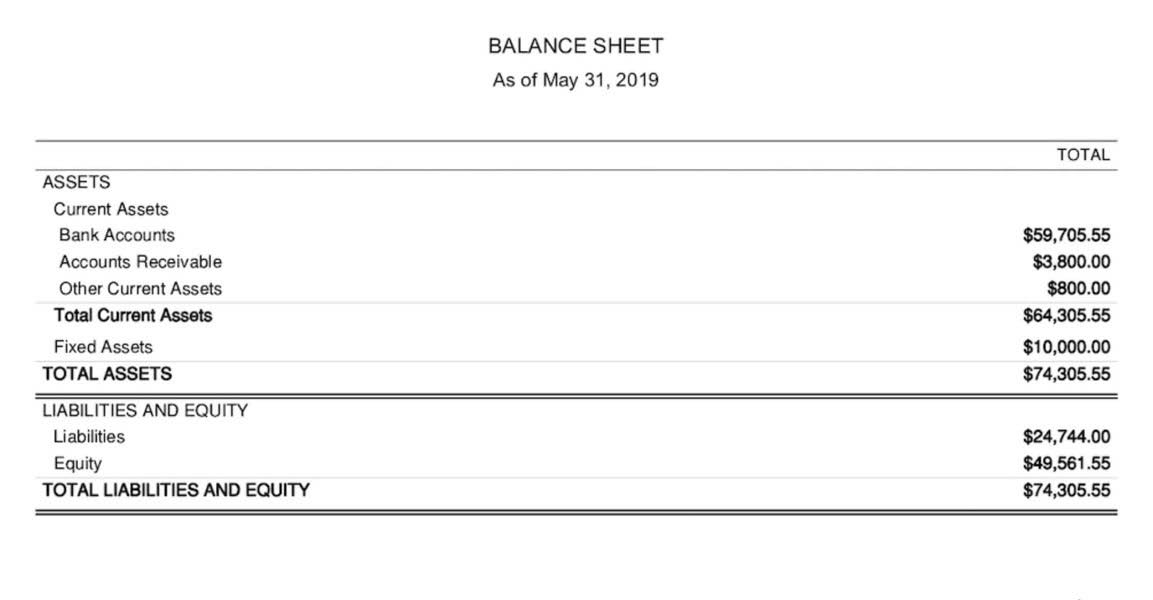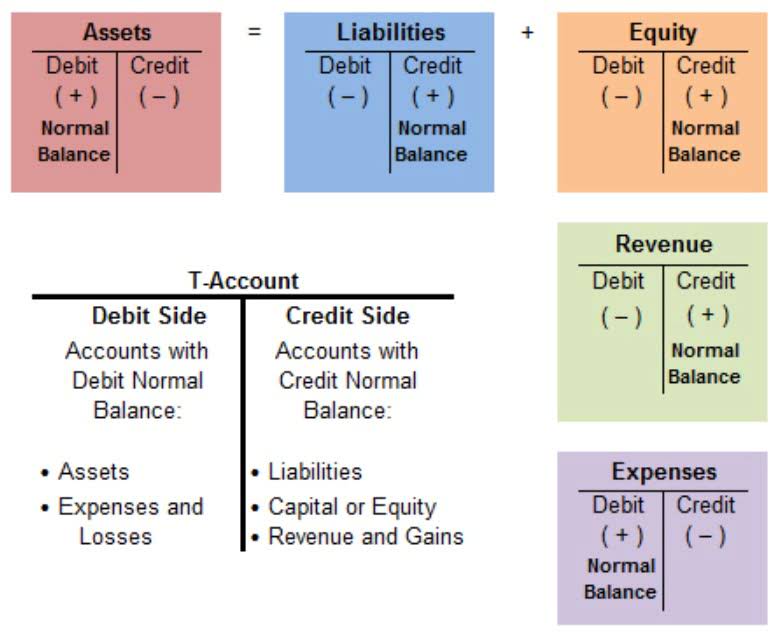What Is CIP Accounting? A Guide for Construction Teams

Both are essential for accurate financial reporting, but understanding their distinct roles ensures clarity in financial statements. CIP is classified as an asset rather than an expense, representing the company’s investment in ongoing projects. This classification separates CIP from operating expenses, highlighting financial commitments toward incomplete projects.
Construction in Progress Accounting Procedures and Protocols
Construction work in progress is accounted for as an asset on the balance sheet. As costs are incurred, the CIP asset account is debited and accounts like cash, payables etc are credited. No depreciation expense is recorded until the asset is placed in service upon completion of construction. To overcome these challenges, construction companies must prioritize the implementation of proper construction work-in-progress accounting practices. This includes employing robust financial management systems, ensuring accurate cost-tracking mechanisms, and maintaining transparency through regular and accurate financial reporting.
Recording Construction Costs and Expenditures

In the exhibit, earned revenue is calculated as the total estimated revenue for a project, multiplied by the percentage complete. This number is compared to total billings to Food Truck Accounting date to arrive at the over/(under) billing for a project. Ready-to-use templates for managing bookkeeping, financial reporting, and tax filing. As these solutions gain maturity, they are likely to be game changers in elevating CIP accounting and financial control.

Complexities of Large-scale Projects:
For example, completing an office complex transfers accumulated CIP costs to a “Buildings” account under PP&E. This enables depreciation to begin, distributing the asset’s cost over its useful life. It ensures clarity for stakeholders and auditors by providing an accurate view of active commitments in ongoing projects. By separating construction investments, CIP cip accounting maintains clear financial records that comply with accounting standards like GAAP.
No depreciation expense is recorded on CIP until the asset is placed in service. Revenue recognition is the process of recording and reporting revenue in financial statements. In construction accounting, the percentage of completion (POC) method is widely used to recognize revenue throughout the project’s duration.
- After the construction has been completed, the relevant building, plant, or equipment account is debited with the same amount as construction in progress.
- Involves feasibility studies, architectural plans, surveying, zoning permits, and finalizing project specifications before construction begins.
- Developers of office spaces, hotels, and retail complexes often don’t have regular operating revenue until properties are leased or sold.
- Construction projects today are more complex and larger in scale than ever before, making effective accounting practices crucial for success.
CIP accounts are crucial in construction accounting because they keep track of all the money spent on a project until final delivery. Companies can monitor spending and budgets using CIP accounts and adequately report their financial health. Using these accounts allows companies to separate project costs from everyday business expenses, minimizing mixups and making financial statements accurate and reliable. During the construction phase, costs are capitalized rather than expensed, meaning they are recorded as an asset on the balance sheet. This approach aligns with the matching principle in accounting, which states that expenses should be recognized in the same period as the revenues they help generate.

Construction Accounting Compliance And Risk Management
Understanding construction in progress accounting is essential for construction professionals, including project managers, accountants, and financial executives. By maintaining a dedicated CIP account, businesses can avoid mixing incomplete project costs with operational expenses, ensuring accurate financial reporting. This separation also allows project managers and stakeholders to monitor progress and spending in real-time, making adjustments as necessary to avoid cost overruns. CIP accounting and Work in Progress (WIP) accounting are often used interchangeably, but they have different meanings. When the project is complete, the gross vs net account is closed, and any remaining balance is transferred to the Cost of Goods Sold (COGS) account. In contrast, CIP accounting tracks all the costs incurred in constructing a long-term asset until it is ready for use.

In conclusion, construction-in-progress accounting is essential for effective construction financial management. The construction in progress accounting process covers the entire construction project lifecycle, from inception to completion. CIP accounts play a vital role in tracking and managing construction costs at each stage, providing valuable insights into project financials. By effectively utilizing CIP accounting, construction companies can ensure accurate financial reporting, better cost control, and informed decision-making. Another significant aspect of managing CIP in a multi-project environment is maintaining accurate and up-to-date financial records.
Examples Across Construction Sectors
Construction accounting software solutions offer features such as real-time cost tracking, automated reporting, and integrated project management capabilities. By leveraging technology, construction companies can streamline their financial processes, reduce manual errors, and improve overall efficiency. Accurate billing and revenue recognition play a vital role in the financial management of construction projects. In this section, we will explore the significance of accurate billing and revenue recognition and their impact on project profitability and financial reporting. This transparency not only enhances stakeholder trust but also enables better decision-making in terms of project budgeting, resource allocation, and risk management. As a construction project manager, tracking the intricate financial details across various ongoing projects can quickly become arduous.

There are no comments
Add yours